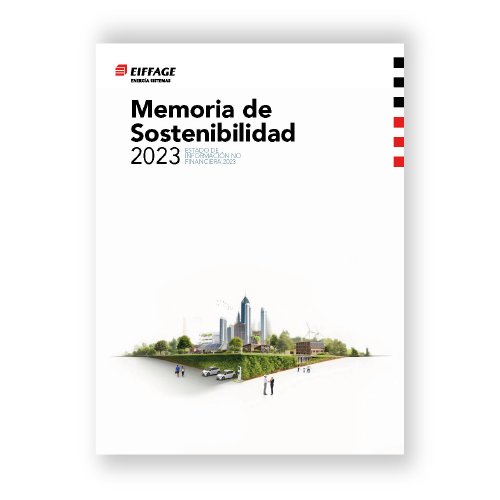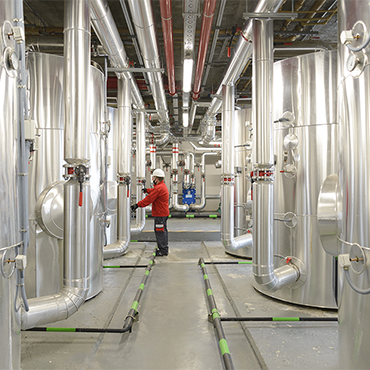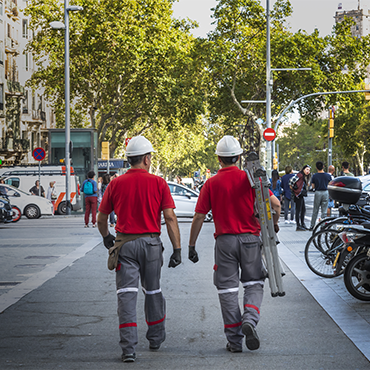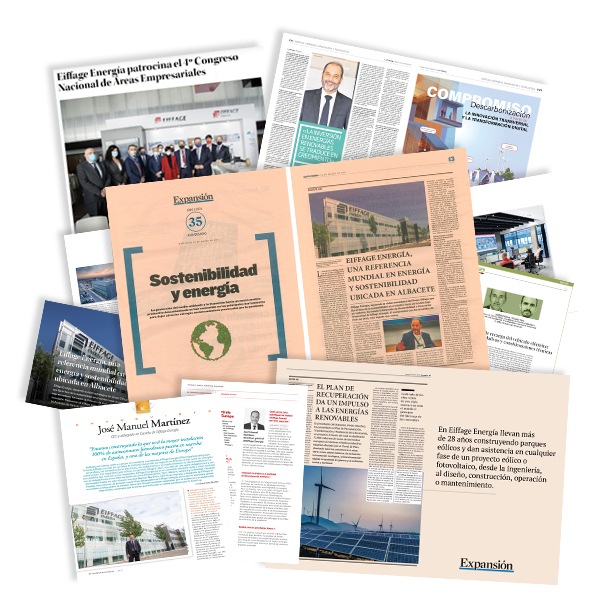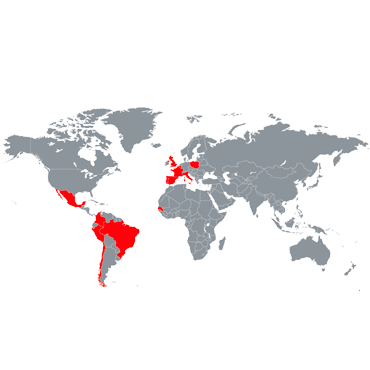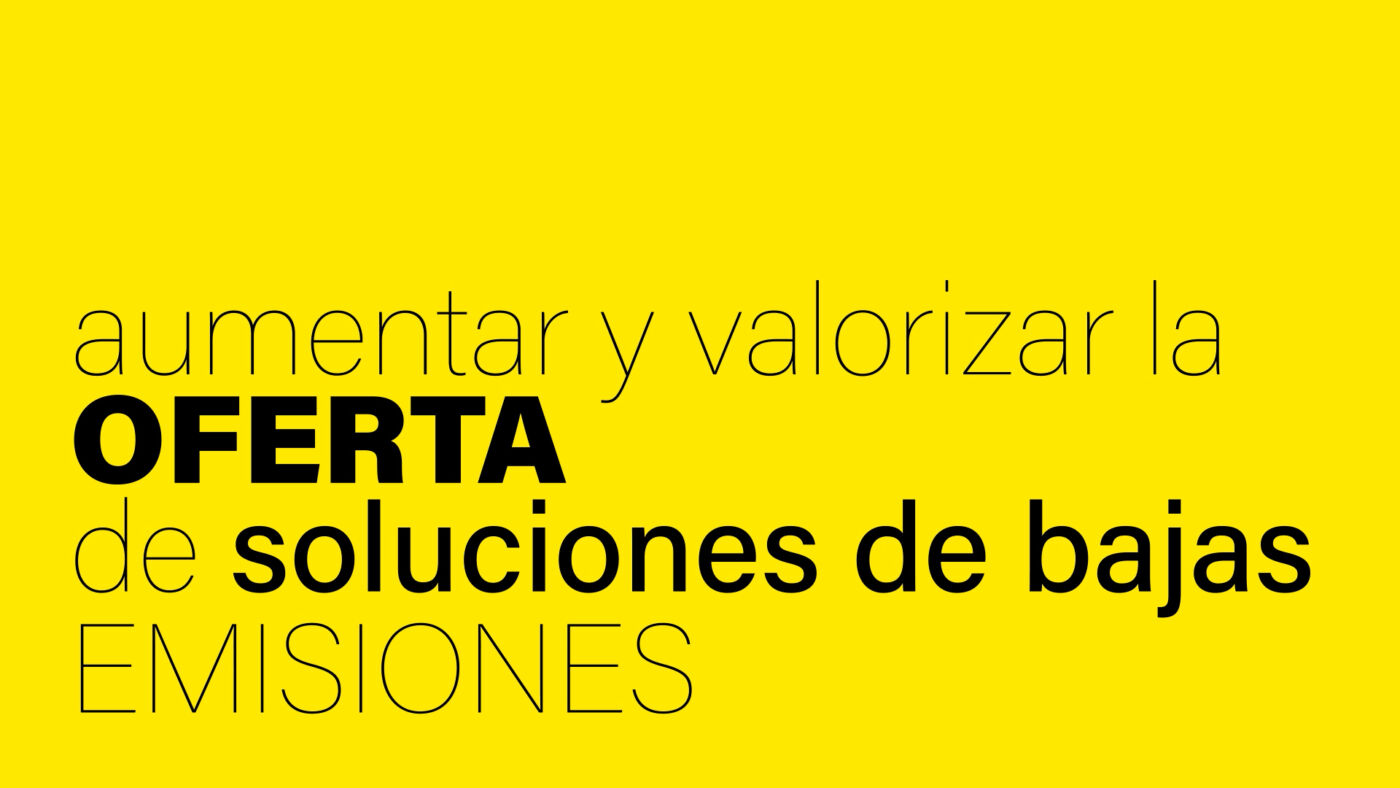Today we celebrate the World CO2 Emissions Reduction Day, also known as the Global Day of Action on Global Warming. This is a special day created by the United Nations to find solutions to the high concentration of this greenhouse gas in the atmosphere.
What are we doing at Eiffage to reduce our carbon footprint?
Benoît de Ruffray, Chairman and CEO of the Eiffage Group, gives us an overview. Scientific consensus identifies CO2 emissions as the primary cause of climate change. Today, despite public policy efforts, the situation of greenhouse gas emissions has worsened.
The figures have been rising again since 2017, and climatologists believe that we have only fifteen years left to reverse this alarming trend.

Reduce, Reuse, Recycle… to make even more of a difference
Knowing how to make a difference through all areas of sustainable development has always been one of the Eiffage Group’s focuses. In fact, at Eiffage Energía we have just created the Transversal Sustainability and Innovation department, following in the footsteps of our parent company. Ten years ago, Eiffage committed to systematically reducing its carbon footprint. Both in its internal perimeter and in its commercial supply.
Eiffage has been publishing its internal carbon footprint since 2008, seven years before it became a legal obligation.
Some of our major projects acted as catalysts for solutions developed by all of our business lines. Accordingly, we have focused our innovation policy and our R&D investment on the low-carbon economy. Far from being a constraint, low-emission construction is an opportunity to make a difference in the service of a shared sustainable development.
Measuring and driving efficiency
Our goal is an overall reduction of greenhouse gas emissions across the value chain of our business lines. Knowing how to make a difference is achieved by:
-
Being exemplary when it comes to our own emissions
Up to now, we have been measuring our own carbon footprint. Now we have to set specific, ambitious and quantifiable targets for our footprint, within each line of business and the holding company.
-
Being players in the low-carbon economy
As a player in the construction industry, our role is also to support our clients in their own carbon footprint reduction goals. All the Group’s business lines are now able to produce efficient commercial offers to avoid Co2; emissions, reduce residual emissions and develop replacement solutions that are independent of fossil fuels. In this sense, the Group is already a recognised lobbying force in the areas of energy-efficient housing and neighbourhoods, sustainable construction with low-emission materials, roads with high value-added and environmental performance, and procedures and technologies capable of saving energy from the source, in addition to renewable energies. The first field of application is when we intervene as project developers (as the concession holder or housing estate or real estate developer). In these cases, the projects become proving grounds for our most innovative solutions. Another fundamental action is to measure our reduction and share our growing awareness. The objectives are to ensure that the entire Group works to reduce its own carbon footprint and to take adequate advantage of the opportunities represented by offers with low emissions in our activities.

2020 Climate Report
All of this is reflected in the Group’s 2020 Climate Report, which sets out our commitment to the future. Limiting average global warming to 2°C compared to pre-industrial levels involves modifying traditional growth models. Mainly through technical and organisational transformations in companies. But also through new models of partnership between the latter, public authorities and civil society. By adopting the European Union’s roadmap on corporate climate reporting, Eiffage intends to follow the 2°C trajectory set out in the 2015 Paris Agreement. To achieve this goal, we have undertaken analysis and training of our economic and industrial models . The objective in this case is, first, to limit the repercussions of climate change on our activities and, second, to measure the impact of these same activities on our environment.

